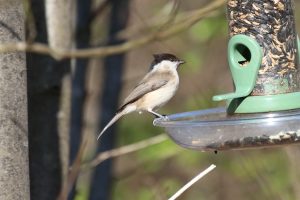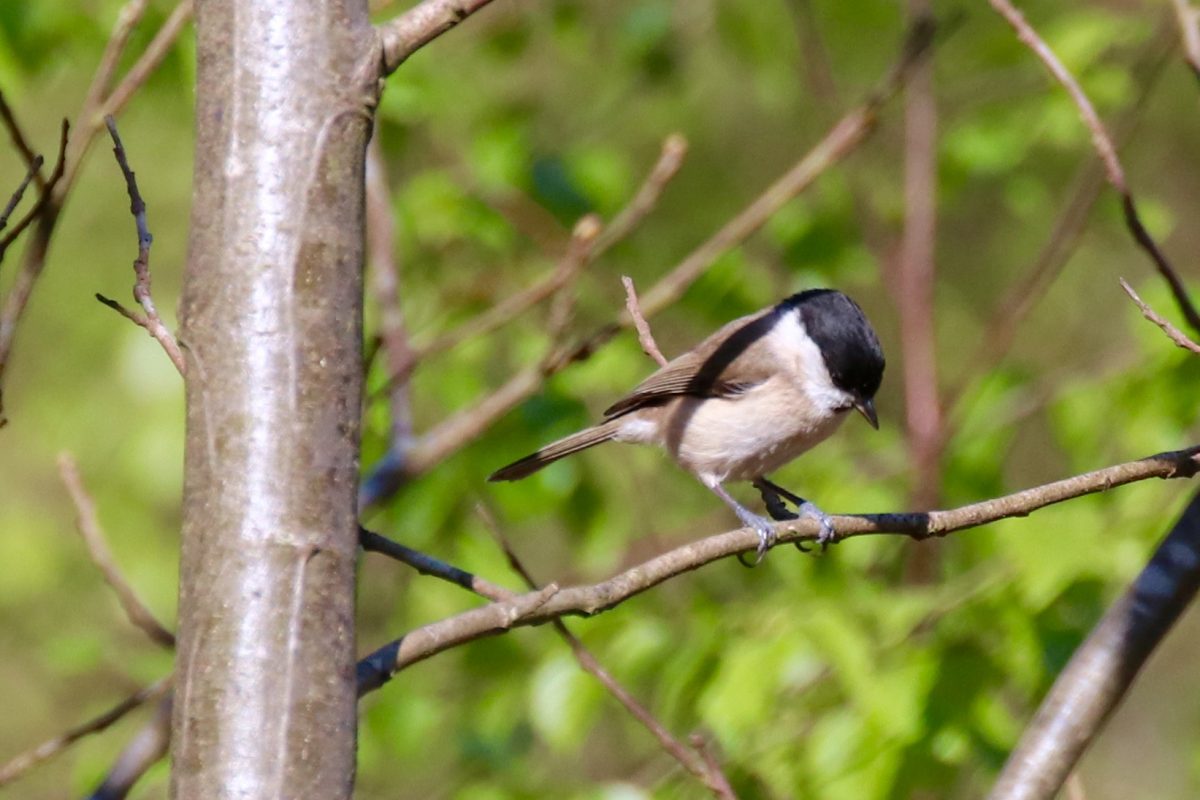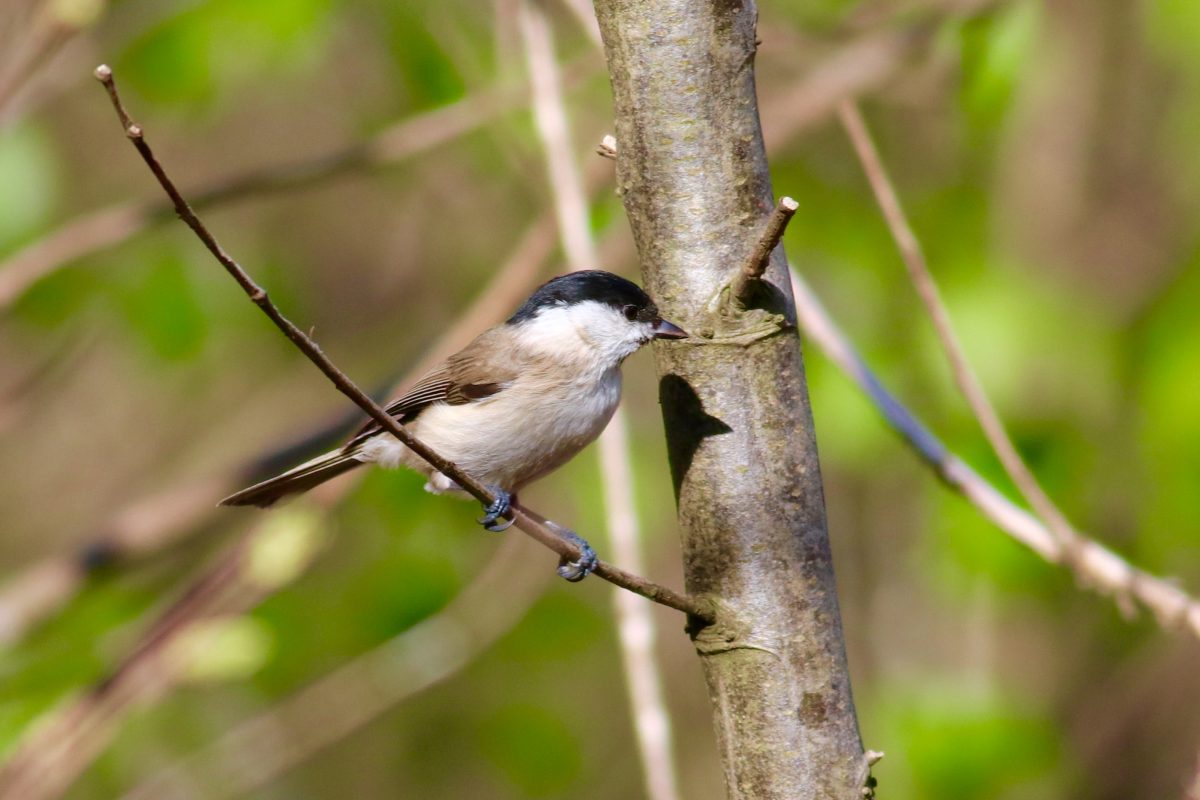Birds at Woodcock Wood: A Conundrum for the Summer

July and August can be difficult times to watch and appreciate woodland birds. With nesting coming to an end, there is little in the way of birds’ song, and the beginning of summer moult means that many birds prefer to hide away in dense foliage, not because of vanity but rather because they are at their most vulnerable to predation - their feathers are in poor condition during the moult, and their energy levels are lowered by the process. In spite of this, there is still plenty of interest to hear and see, but perhaps it takes a bit more time and effort than at other times of the year.
To draw birds out during this quiet time, we put up a feeder when we are at the wood, and it is Nuthatches and the Tit family that make most use of this.
Among our residents we have at least one family of Marsh Tits. They are delightful birds, and seem particularly bold. At this time of the year they, more than Great Tits and Blue Tits, spend a lot of the day taking sunflower seeds for storage. Our presence seems no deterrent.
But for a while, they posed a considerable conundrum because Marsh Tits are almost identical in appearance to Willow Tits. Their names aren’t very helpful. The Willow Tit has no particular penchant for willows, though it does favour a cooler damper terrain than the Marsh Tit, while the Marsh Tit has no particular penchant for marshland. Their distribution and habitat overlap.
There are differences in appearance, but they are subtle for the non-expert, and even for the expert not always reliable. A pale spot on the upper mandible of the Marsh Tit is a small but clear identifier, if you can see it that is!

Marsh tit WCW, showing pale spot on upper mandible

Marsh tit WCW showing pale spot
Behaviour is also an important clue – the Collins Guide uses the term “fearless” for Marsh Tits. This is less to do with aggression (ref Nuthatches in the previous blog) and more to do with boldness, and our birds certainly exhibit this. Fortunately however there is one unambiguous distinction - their call. The Marsh Tit’s main call is a sneeze-like itishoo, while the Willow Tit’s is a harsh chaychay sound.
It is great that we host these birds in our wood because both species are classified as birds in long-term slow decline in their numbers. Anything we can do to encourage their nesting is important. If you wish to follow up this identification conundrum in more detail try the British Trust for Ornithology’s site:
Comments are closed for this post.
